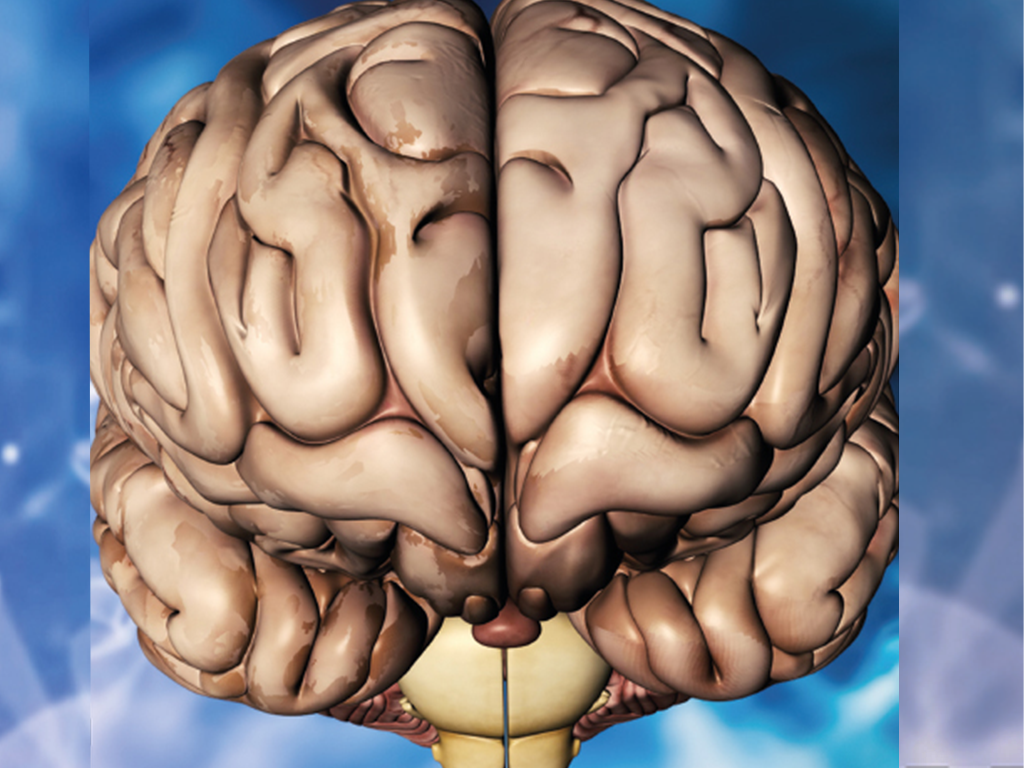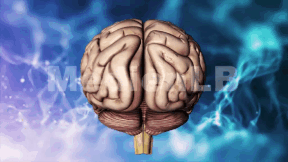
55502952
Wirbellose Tiere. Leben ohne Wirbelsäule
In 11 interaktiven Aufgaben wird Wissen zu den Wirbellosen vermittelt und abgefragt.
Das Medium bietet H5P-Aufgaben an, die ohne zusätzliche Software verwendbar sind.
Durch interaktive Aufgabentypen wird das audiovisuelle und interaktive Lernen einfach.
Lernen macht jetzt Spaß!
Included Tasks
- I Der Begriff „Wirbellose“ – Interaktive Aufgabe mit Video
- II Die Wirbeltiere – Interaktive Aufgabe
- III Körperbau der Wirbeltiere – Interaktive Aufgabe
- IV Klassen der Wirbellosen – Interaktive Aufgabe
- V Weichtiere – Interaktive Aufgabe mit Videos
- VI Körperbau der Weichtiere im Vergleich – Interaktive Aufgabe
- VII Gemeinsamkeiten der Gliederfüßer – Interaktives Schaubild
- VIII Spinnen; Krebse; Tausendfüßer – Interaktive Aufgabe mit Video
- IX Insekten – Interaktive Aufgabe mit Video
- X Metamorphose – Interaktives Video
- XI Bedeutung der Wirbellosen – Interaktive Aufgabe
Curriculum-centred and oriented towards educational standards
Matching
Human Brain
Every organism, no matter whether it is an earthworm, a snail, a fish or a human being, takes in information from the environment through differently structured sensory organs. This was absorbed first by a diffusely organised nervous system, which, in the course of evolution, has been replaced by a hierarchically organised one. Eventually a controlling centre has developed that interconnects and coordinates the nerve impulses supplied by receptors, reacts appropriately and is called the brain. In more highly developed organisms a part of the body has developed into a head, in parallel to the development of the brain.









